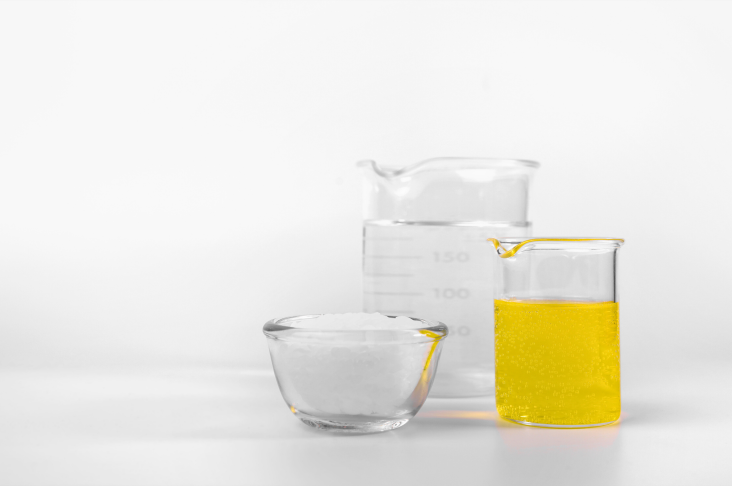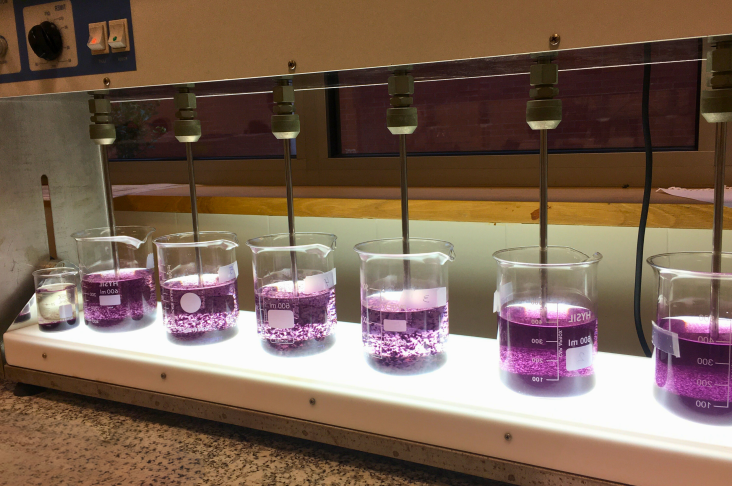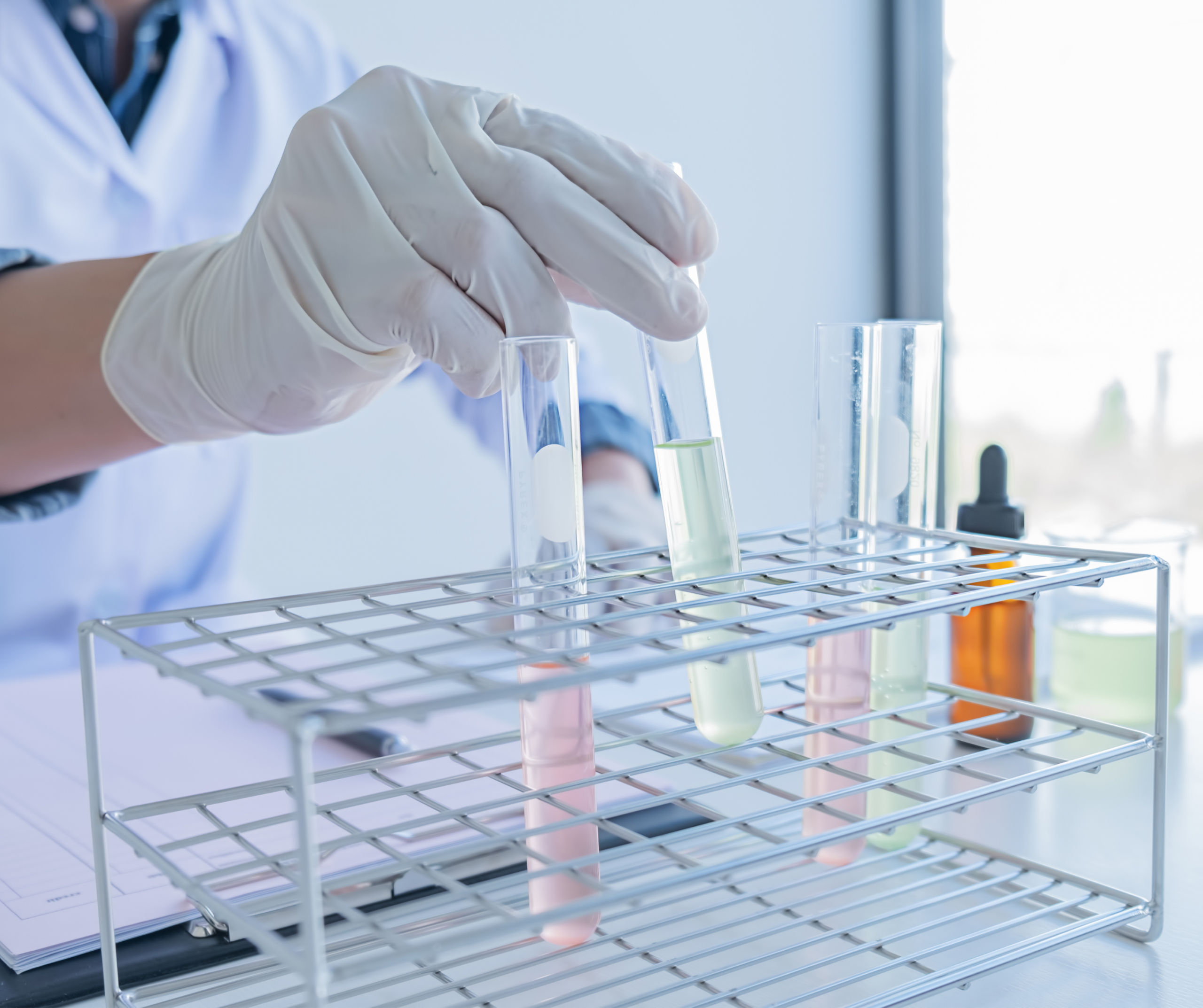Polyamines are nitrogen-containing, quaternary, cationic condensation polymers that can be produced through various synthetic methods. They are used as organic coagulants in treatment processes. Polyamines, being nitrogen-based cationic polymers produced synthetically in multiple ways, play a key role in water and wastewater treatment applications.
The production process of polyamines may vary depending on the diversity of their branches. Compared to polyacrylamides, polyamines have lower molecular weights, and therefore lower viscosity values. Polyamines are produced by the polycondensation of dimethylamine with epichlorohydrin. By adjusting parameters such as the epichlorohydrin-to-dimethylamine ratio and reaction temperature, different polyamine derivatives can be obtained.
Their use is somewhat limited, particularly in colored textile wastewater, due to the high demand for inorganic coagulants. However, organic polymers are highly effective in the removal of TSS and dyes. This is because cationic organic polymers act on the electrical double layer of particles, destabilizing them and subsequently forming particle–polymer–particle bridges through charge neutralization and adsorption. With small doses of organic polymer, high removal efficiency can be achieved, while the amount of chemical sludge produced remains minimal.
Polyamine
| Product Form: | Liquid |
| Appearance: | White–Yellow Liquid |
| Solid Content: | 50% ±2 |
| Density: | 1.1 – 1.2 g/cm³ |
| pH (5% Solution): | 4 – 7 |
| Viscosity: | 600 – 1000 cps |








